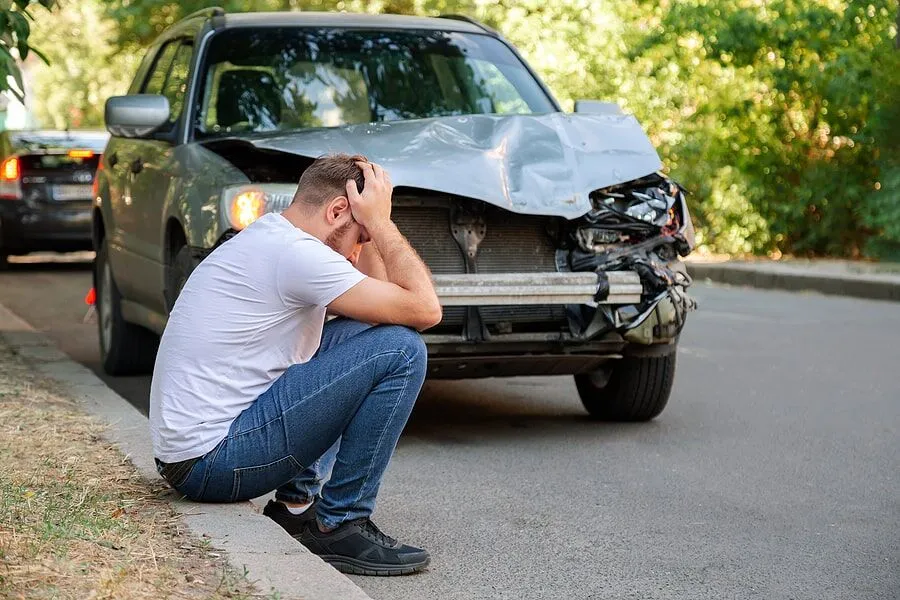After a collision, it is not only your physical well-being that needs attention but also the condition of your vehicle. Depending on the extent of the collision, your car could sustain varying levels of damage. Irrespective of the magnitude of the damage, it is important to properly care for your car after a collision. This ensures that your care remains safe, efficient, reliable, and valuable. In this article, we have compiled some essential tips on how to care for your car after a collision to help you navigate this challenging situation when around Utah.
Assess the Damage and Safety
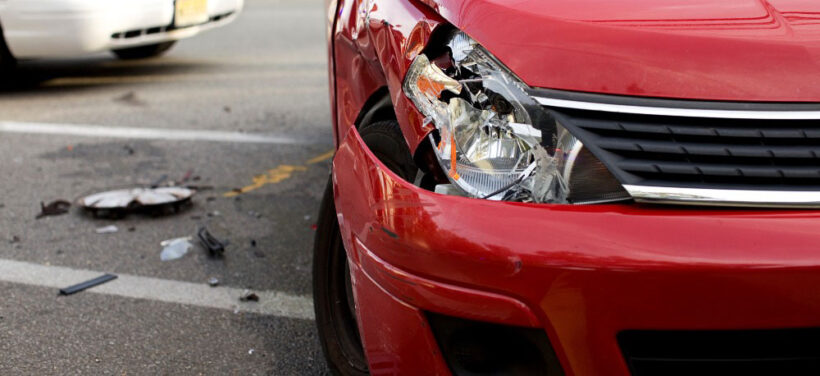
Immediately after a collision, your first priority should be the safety of all individuals involved. Once everyone is out of danger and emergency medical attention has been provided, it’s time to assess the damage to your vehicle. Walk around your car and take note of visible damage to the vehicle’s exterior and interior. Check things such as dents, cracks, lights, or deployed airbags. Additionally, check for any fluid leaks or unusual noises.
If the collision was significant, it’s advisable to call the police and request a report. This can be valuable for insurance purposes and legal documentation. While waiting for the authorities, turn on your hazard lights to alert other drivers of the accident to prevent collisions.
Document the Collision Scene
Documenting the scene after the collision is crucial for your legal and insurance purposes. You need to photograph the area from multiple angles, capturing vehicle positions and any relevant road signs. There are several creative ways to take good scene photos from your smartphone and you shouldn’t have an issue. Also take note of weather conditions, lighting, and road quality. You can also record witness information and gather official reports promptly. This comprehensive documentation provides crucial evidence for investigations and claims.
Contact Your Insurance Company
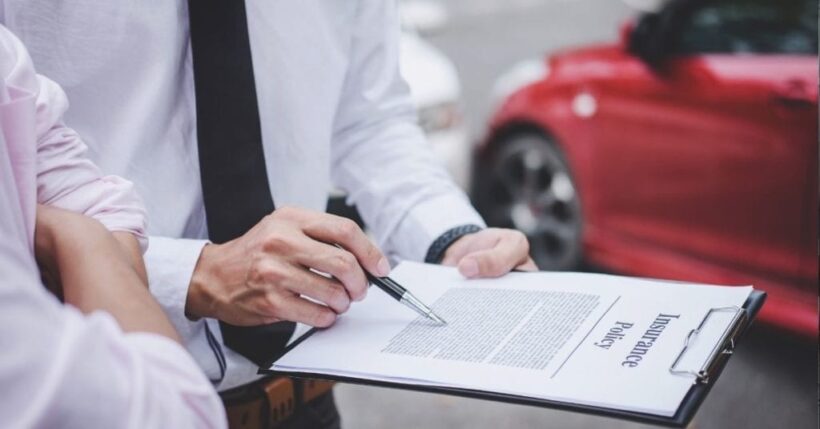
As soon as it’s safe to do so, contact your insurance company to report the collision. Be prepared to provide them with all relevant details, including the location, date, and time of the accident, the other driver’s information, and any witnesses’ contact details. The sooner you report the incident, the faster your insurance company can begin the claims process.
Your insurance company will likely assign an adjuster to assess the damage and determine the cost of repairs. Depending on your policy, you may also be eligible for a rental car while your vehicle is being repaired. Familiarize yourself with your policy to understand your coverage and responsibilities.
Choose a Reputable Collision Repair Shop
Selecting the right collision repair shop is critical to ensuring your car is restored to its pre-accident condition. Reputable shops employ skilled technicians, use high-quality replacement parts, and follow manufacturer guidelines, preserving your vehicle’s integrity and value.
If you live in Utah you can go online and search for Spanish Fork Collision Repair Shop that can provide you with quality repair and maintenance. They pick up and deliver your car when done, provide wash and vacuum services, assist you in navigating the insurance process, and provide free loaner cars. This ensures customer satisfaction and ethical business practices. Generally, selecting a reputable collision repair shop safeguards both your vehicle’s performance and your peace of mind.
Understand and Inspect your Car Repair Process
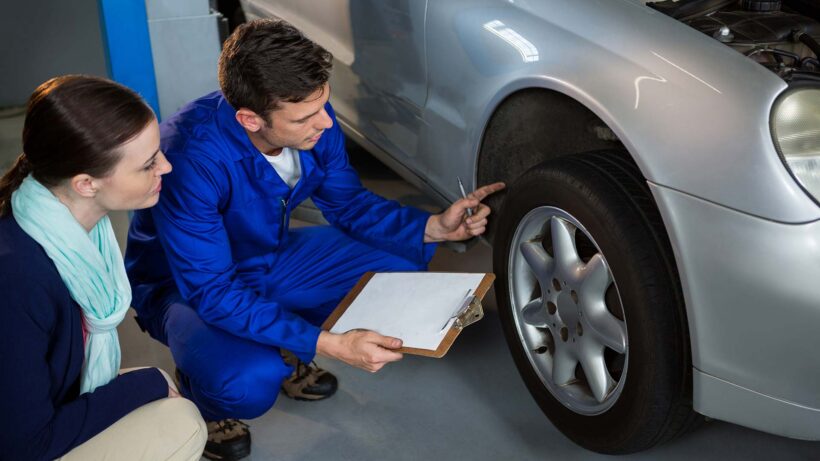
Understanding the repair process can help you make informed decisions and ensure the quality of the work being done on your car. Your repair shop should provide you with a detailed estimate that outlines the necessary repairs, including parts and labor costs. Be sure to ask questions and seek clarification if anything is unclear.
Before accepting your car from the repair shop, thoroughly inspect the work that has been done. Check on aspects like paint quality, panel alignment, functionality, and cleanliness. If you notice any issues or are unsatisfied with the quality of the repairs, discuss your concerns with the repair shop before accepting the vehicle. It’s essential to ensure that your car is safe and in good condition before you resume driving it.
Keep the Records
After collecting all the relevant records related to your collision, it is very important to keep them. You can choose your own record-keeping and management system provided the information is safe and accessible. These important records include estimates, repair invoices, rental car receipts, a copy of the police report, medical records and bills, and a log of all communications with insurance companies and repair shops. This thorough record-keeping ensures a smoother claims process and better protection of your rights.
Test Drive and Check Alignment
Before accepting your car back from the repair shop, take it for a test drive. Pay attention to any unusual noises, vibrations, or handling issues. Ensure that all repaired components are functioning correctly, including safety systems such as airbags and sensors. Furthermore, your car’s alignment may be compromised. Misaligned wheels can lead to uneven tire wear, reduced fuel efficiency, and impaired handling.
Ensure that the repair shop performs a thorough wheel alignment to maintain your vehicle’s safety and performance. Also make sure that the replaced damaged components are genuine parts from the vehicle’s manufacturer. While aftermarket parts may be cheaper, they may not offer the same level of quality and safety. Conduct a final inspection to verify that the work meets your satisfaction.
Do Regular Maintenance
Once your car has been repaired and returned to you, it’s essential to maintain regular maintenance schedules. After a collision, hidden damage may occur, affecting vital components of your car. Regular inspections can uncover these issues and prevent further deterioration. Regular oil changes, tire rotations, and brake inspections are essential to keep your vehicle running smoothly and to detect any hidden issues that may have arisen from the collision.
Timely repairs can ensure the vehicle remains roadworthy, reducing the risk of accidents caused by compromised safety features. Additionally, maintaining your car’s post-accident appearance can enhance its resale value and overall aesthetics. Schedule regular check-ups with a certified mechanic, follow recommended service intervals, and address any issues promptly to keep your vehicle safe and reliable.
Conclusion
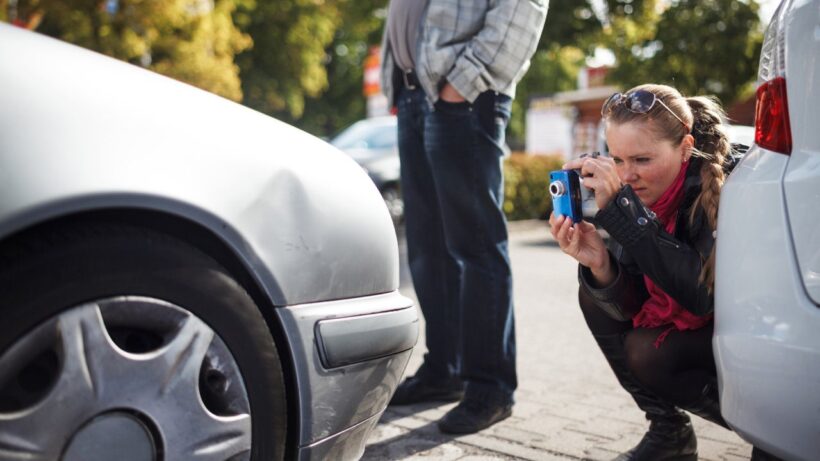
Caring for your car after a collision requires attention to detail, patience, and diligence. By following these essential tips, you can ensure that your vehicle is properly assessed, repaired, and maintained, ultimately preserving its safety and value. Remember that your safety and the safety of others should always be the top priority in the aftermath of a collision, so proceed with caution and seek professional help when necessary.

